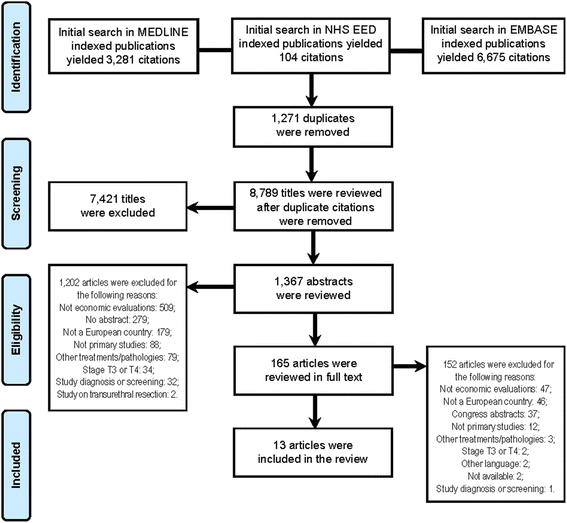

The Capetians in France and the Plantagenets in England were especially successful. Normandy became one of Europe's most powerful domains.īy the end of the twelfth century, however, a few exceptionally intelligent and aggressive rulers had begun to create national states. As astute and skillful administrators, the Normas formed a close alliance with the Church, supporting it with grants of land and gaining in return the allegiance of abbots and bishops. When in 1066 Duke William II of Normandy (ruled 1035-1087) invaded England and, as William the Conqueror, became that country's new king, Norman nobles replaced the Anglo-Saxon nobility there, and England became politically and culturally allied with Normandy. The southern part of today's France had close linguistic and cultural ties to northern Spain in the north duke of Normandy (heir of the Vikings) and in the east the duke of Burgundy paid the French king only token of homage. The king of France ruled only a small area around Paris known as the Ile-de-France. The nations we know today did not exist, although for convenience we shall use present-day names of countries.

The depiction of children and real women in an official relief was new to the Augustan period and reflects Augustus's desire to promote private family life as well as to emphasize his potential heirs and thus continuity of his dynasty.Īt the beginning of the eleventh century, Europe was still divided into many small political and economic units ruled by powerful families, such as Ottonians in Germany. She may grasp the hand of Germanicus, one of her younger children. behind Tiberius could be Antonia, the nice of Augustus, looking back at her husband, Drusus, Livia's younger son. The heavily swathed woman next to Agrippa on the right may be Augustus's wife, Livia, followed perhaps by Tiberius, who would become the next emperor. The bored bu well-behaved youngster pulling at Agrippa's robe-and being restrained gently by the hand of the man behind him-is probably Agrippa's son Gaius Caesar. The middle-aged man with the shrouded head at the far left is generally accepted to be a posthumous portrait of Marcus Agrippa, who would have been Augustus's successor had he not predeceased him in 12 BCE. The figures in this frieze represent members of Augusuts's extended family, and scholars have proposed some specific, if tentative, identifications. Transverse arch: an arch that connects the wall piers on both sides of an interior space, up and over a stone vault.ĭetail of a relief on the south side of the Area Pacis. Relieving arch: an arch built into a heavy wall just above a post-and-lintel structure (such as a gate, door or window) to help support the wall above by transferring the load to the side walls. Ogival arch: a sharply pointed arch created by S curves. Round arch: an arch that displaces most of its weight, or downward thrust, along its curving sides, transmitting that weight to adjacent supporting uprights (door or window jambs, columns, or piers). Horseshoe arch: an arch of more than a half-circle typical of western Islamic architecture. Corbeled arch: an arch or vault formed by courses of stones, each of which projects beyond the lower course until the space is enclosed usually finished with a capstone. It forms an effective space-spanning and weight-bearing unit, but requires buttresses at each side to contain the outward thrust caused by the weight of the structure. Built from wedge-shaped stone blocks called voussoirs placed together and held at the top by a trapezoidal keystone. In architecture, a curved structural element that spans an open space. The scene may be a re-enactment of the ritual marriage between the goddess and Dumuzi, her consort-a role taken by the priest-king-that took place during the New Year's festival to ensure the fertility of crops, animals, and people, and thus the continued survival of Uruk. The two men who face her are probably a naked priest or acolyte presenting an offering-filled basket, followed by a partially preserved, cermonially dressed figure of the priest-king (not visible in FIG. Inanna stands in front of the gate to her richly filled shrine and storehouse, identified by two reed door poles hung with banners. In the middle register naked men carry baskets of foodstuffs, and in the top register, the goddess Inanna accepts an offering from two standing figures. The lowest register shows that sources of life in the natural world, beginning with water and plants (variously identified as dat palm and barley, wheat and flax) and continuing in a superimposed upper strip, where alternating rams and ewes march single file alonga solid ground-line.


 0 kommentar(er)
0 kommentar(er)
